Improving your VO₂ max—the maximum amount of oxygen your body can use during intense exercise—is a powerful way to enhance cardiovascular fitness, endurance, and overall health. For individuals managing hypertension, this becomes even more critical. The good news? Nutrition plays a foundational role in both boosting aerobic capacity and supporting healthy blood pressure levels. With a smart weekly meal prep strategy, you can fuel your body for better performance and long-term heart health—without spending hours in the kitchen.
VO₂ max is influenced by several factors, including training, genetics, and importantly—nutrition. A diet rich in antioxidants, nitrates, healthy fats, and complex carbohydrates supports oxygen utilization, mitochondrial efficiency, and vascular function. At the same time, people with hypertension benefit from diets low in sodium, refined sugars, and processed foods, while emphasizing potassium, magnesium, and fiber.
Meal prepping helps you stay consistent with these goals. By planning and preparing meals ahead of time, you reduce the temptation to reach for convenience foods that can spike blood pressure or hinder athletic performance.
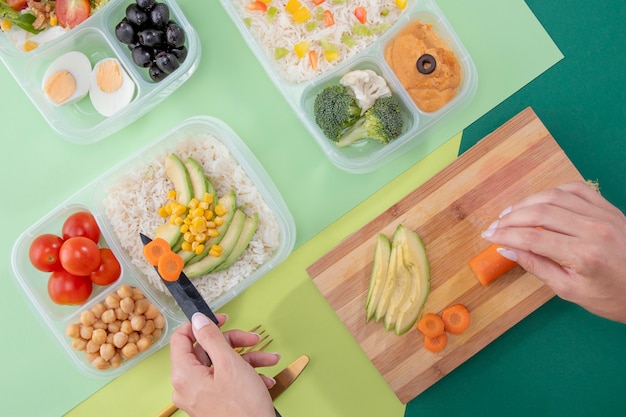
Certain foods have been shown to support both aerobic capacity and healthy blood pressure:
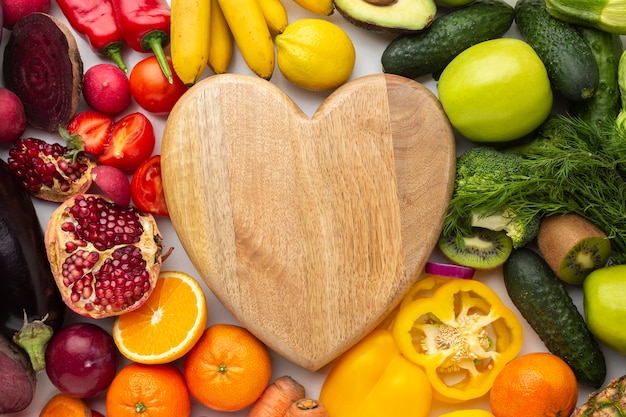
Adapting your meal prep for hypertension doesn’t mean sacrificing flavor or convenience. Try these simple swaps:
Day 1:
Breakfast: Oatmeal with chia seeds, blueberries, and almond butter
Lunch: Quinoa bowl with roasted beets, chickpeas, spinach, and tahini dressing
Dinner: Baked salmon with steamed broccoli and wild rice
Day 2:
Breakfast: Greek yogurt with walnuts and sliced banana
Lunch: Lentil soup with a side of whole-grain toast and mixed greens
Dinner: Turkey and black bean chili with zucchini, served with avocado slices
Day 3:
Breakfast: Smoothie with spinach, banana, flaxseed, and unsweetened almond milk
Lunch: Grilled chicken salad with kale, cherry tomatoes, olive oil, and lemon
Dinner: Stir-fried tofu with brown rice, bell peppers, and broccoli in low-sodium tamari
As you follow your meal prep plan, pay attention to how you feel. Are you more energetic during workouts? Is your resting heart rate decreasing? Track these signs—they’re indirect indicators of improved VO₂ max and cardiovascular efficiency.
Also, monitor blood pressure regularly, especially if making significant dietary changes. Consistency is key: stick with the plan for at least 4 weeks to observe measurable benefits.
Remember, this isn’t about perfection. If you miss a prep day, have a backup plan—like frozen vegetables, canned beans, or a pre-made salad kit (low-sodium version).
Improving VO₂ max while managing hypertension is absolutely achievable—with the right nutrition strategy. Weekly meal prep empowers you to take control of your diet, support your heart, and enhance your physical performance. Start with small, sustainable changes, focus on whole, nutrient-dense foods, and build from there. Your cardiovascular system—and your stamina—will thank you.

Wellness

Wellness

Wellness

Wellness
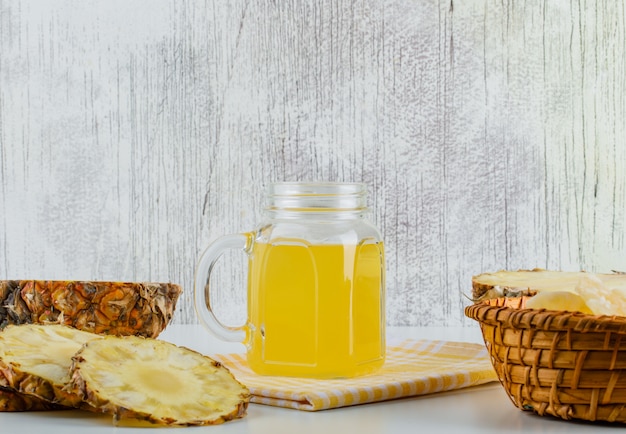
Health

Health
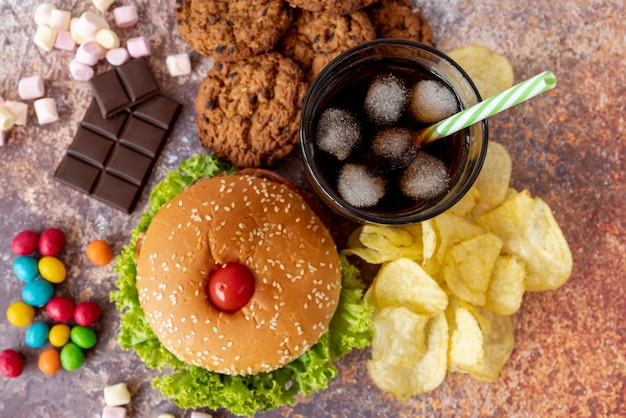
Health

Health
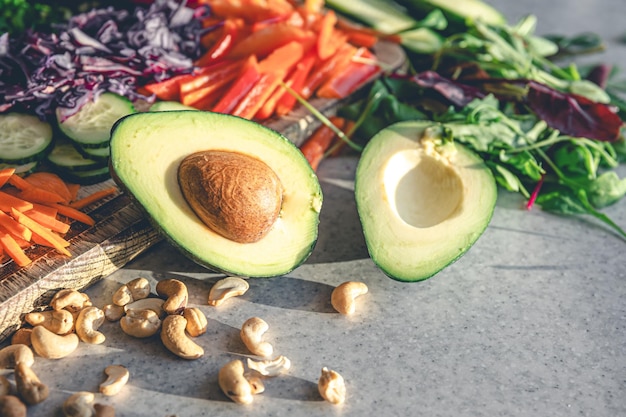
Health
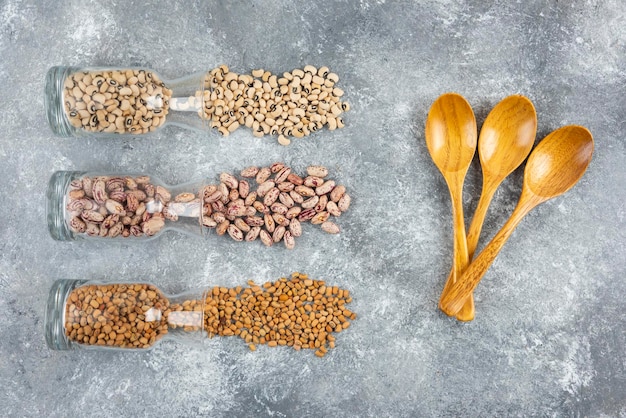
Health
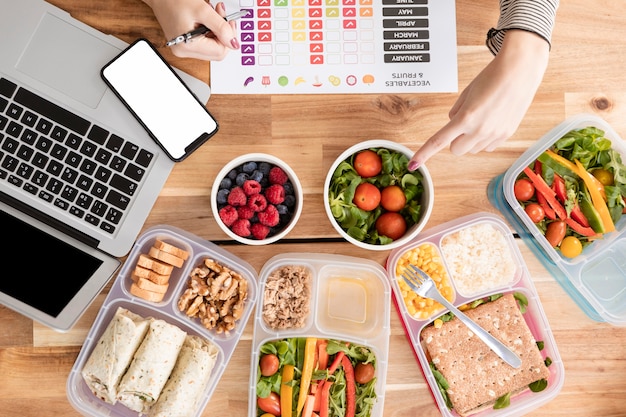
Wellness

Fitness

Health

Fitness

Health

Health